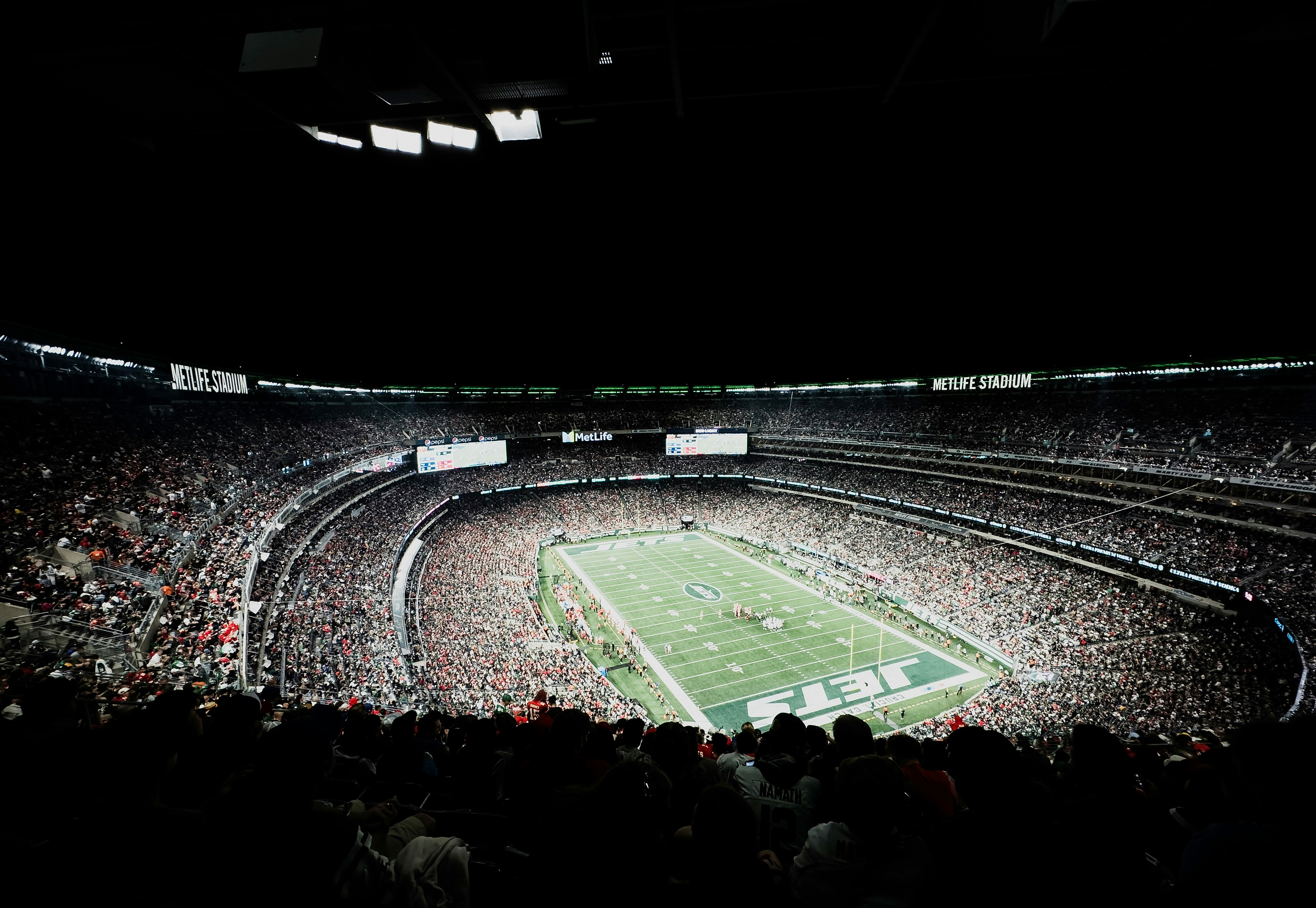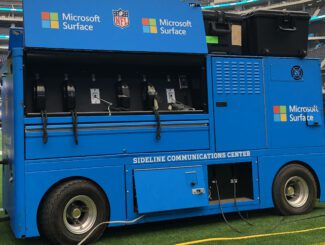
Fortinet, a global leader in cybersecurity and networking, announced in early May its acquisition of Everest Networks, a company once hailed as a pioneer in hyper-directional Wi-Fi antennas for large venues. The move signals Fortinet’s ambitions to expand beyond its core security business and make a play for the high-density wireless market in stadiums and arenas — a space where Everest made early waves but has since struggled to maintain relevance.
Fortinet’s rationale: filling a stadium-sized gap
For Fortinet, the acquisition offers a shortcut into a lucrative but challenging market segment. Stadiums, arenas, and other large public venues represent some of the most demanding environments for wireless connectivity. Everest’s original claim to fame—its long-throw, hyper-directional antennas—helped it win deployments at marquee venues like Lincoln Financial Field (Philadelphia Eagles) and MetLife Stadium (New York Giants/Jets). These wins gave Everest early credibility as a disruptor in stadium Wi-Fi, a market dominated by the likes of Cisco and HPE/Aruba.
Fortinet, while established in security, has only a modest presence in Wi-Fi. By acquiring Everest, Fortinet hopes to leapfrog years of R&D and instantly gain a foothold in the stadium sector, combining Everest’s antenna technology with its own security and management platforms. Early planning documents from Fortinet tout a forthcoming “secure stadium solution” based on Everest’s technology, though details remain scarce.
The reality check: Everest’s lost momentum
But beneath the surface, the story is far less rosy. Everest, after a brief period of buzz, has spent the last several years largely out of sight. Aside from the two confirmed NFL deployments—both of which declined to comment publicly—there’s little evidence of recent, real-world traction.
While sources suggest Everest has continued to develop its technology, including a purported Wi-Fi 7 access point, there’s no public proof of these products being deployed or even ready for market. The Everest website is a placeholder, and neither Fortinet nor Everest has provided substantive answers to basic questions about product status, roadmap, or integration plans.
The market hasn’t waited
Meanwhile, the competitive landscape for hyper-directional Wi-Fi antennas in stadiums has only intensified. Cisco’s 9104 “Marlin” hyper-directional antenna has become the new benchmark, and other vendors are preparing to launch similar or better solutions before the end of 2025. Stadium operators, burned before by half-baked solutions, are demanding proven, scalable, and easily managed systems—something Everest never fully delivered, and Fortinet has yet to demonstrate at this scale.
Where’s the substance?
- Old hardware, unproven claims: The Everest gear still in use is based on the aging 802.11ac Wave 2 standard. While there are whispers of Wi-Fi 7 prototypes, there’s no evidence of production-ready hardware or successful deployments.
- No clear roadmap: Fortinet’s public statements admit they’re in the “early discovery phase” of integrating Everest’s technology, with no specifics on features or availability. In a market moving this fast, that’s a red flag.
- Management and integration gaps: Everest’s lack of robust enterprise management features was a key reason it lost ground. Fortinet’s own management stack is unproven in stadium-scale deployments.
Is this really a game-changer?
The acquisition may look bold on paper, but the reality is that Fortinet is late to the party, and Everest’s technology may simply be yesterday’s news. Stadium operators have options—better ones, with proven track records and robust support. Unless Fortinet can deliver a truly differentiated, production-ready solution in record time, this acquisition risks becoming just another footnote in the hyper-competitive stadium tech arms race.
Key Questions:
- Can Fortinet deliver a credible, competitive product before other vendors launch their next-gen solutions?
- Will Everest’s technology, dormant for years, meet the needs of today’s high-density venues?
- Are stadium operators willing to take a risk on a newcomer with no track record in large-scale Wi-Fi, especially when established players already offer integrated, enterprise-grade solutions?
Bottom line:
Fortinet’s Everest acquisition is a high-stakes gamble in a market that rewards proven performance, not promises. Unless Fortinet can move quickly and deliver substance—not just slides and press releases—this “second act” may end before it ever begins.






